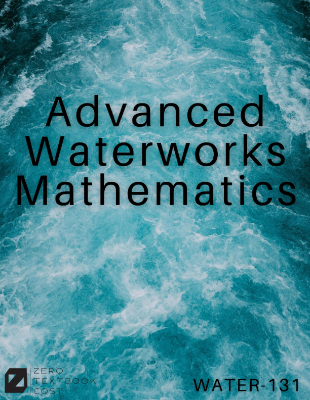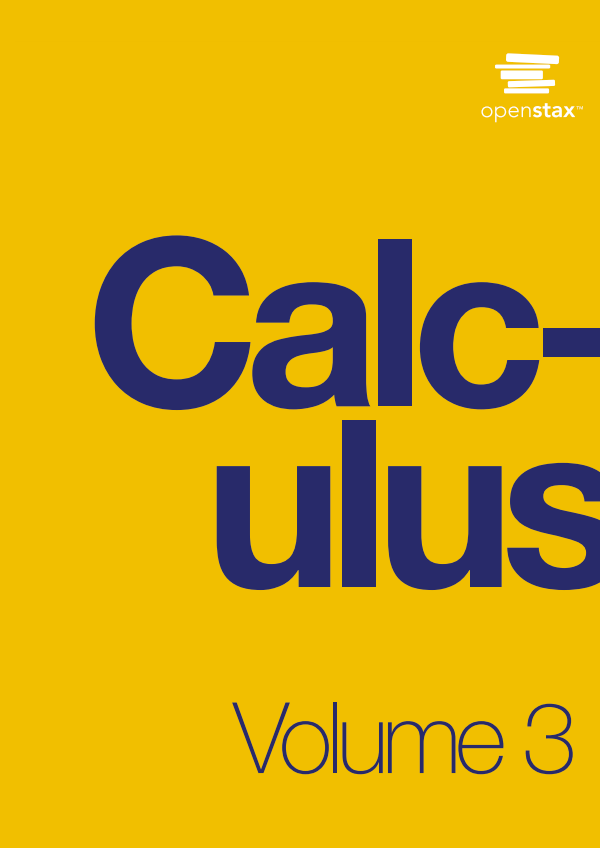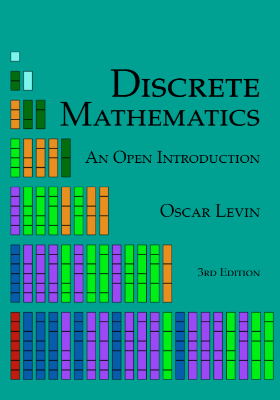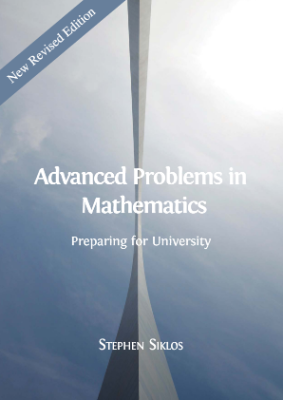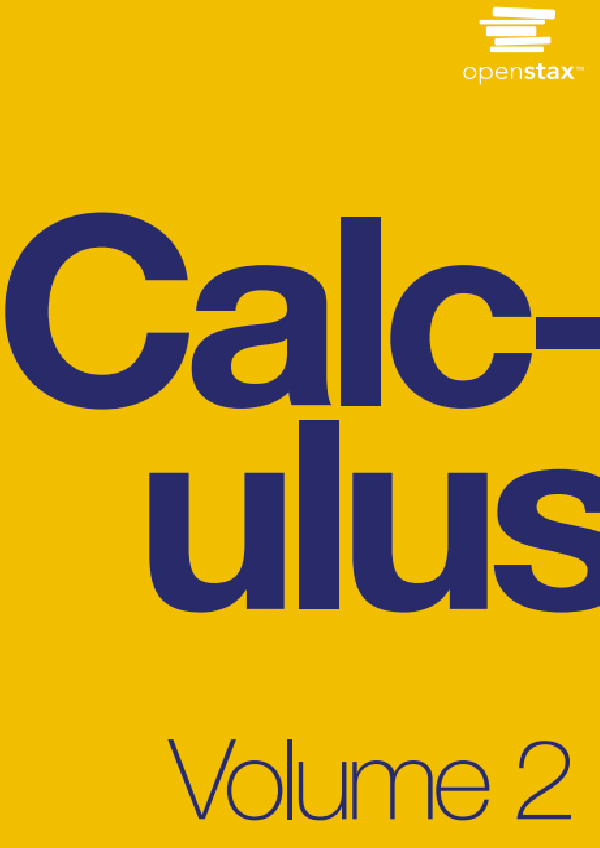CONVERTING UNITS
Converting units is the most important concept in waterworks mathematics. You may work with million gallons, cubic feet, acre feet, feet per second, gallons per minute, milligrams per liter, pounds per gallon, yards, ounces, and parts per billion. Units are the “driver” for problem solving in many waterworks math questions because operators measure processes and need units to describe these processes. For example, many water meters measure usage in hundred cubic feet. However, when utility managers report total usage by a class of customers, it is typically expressed as acre-feet or million gallons. So, a conversion is necessary to report out this water usage. Many times, flow rates are measured as gallons per minute, but dosage computations require million gallons per day. An operator must convert correctly to administer the right dose.
In an introductory water mathematics course, unit conversion is typically explained in a “unit by unit” breakdown. Unit dimensional analysis or UDA is the process through which we convert units by writing all units out and looking for opportunities to convert and cancel units.
Word problems may involve unit conversion. When solving word problems, there is always a specific question that must be answered. Identifying that question or problem is critical in solving the problem. Then you need to be able to identify which information provided is necessary to solve for the answer and which is not necessary. Most students skip checking their answer to make sure it makes sense. This is a critical step.
Use these steps to solve word problems
- Step 1: Read and understand the problem to determine what is being asked. Know what you are trying to solve for.
- Step 2: Identify the information you need. You may want to underline key parts or circle units.
- Step 3: Make a sketch to clarify the information. This step works well in geometric problems when you are trying to solve for missing dimensions, but you may find other times when it is helpful to make a quick sketch.
- Step 4: Put the information into an equation or formula. Using a reference sheet for formulas is often key in this step. Make sure you copied the formula correctly!
- Step 5: Solve and double check your answer. Does the solution make sense? If your solution does not make sense, read the problem again.
APPLYING THE MATH OF THE UDA
Converting units is an everyday task in the water industry. Flow rates, hours of operation, and water sources are only part of the big picture in terms of water supply. To plan sustainable, long term groundwater and surface water supplies, it is better to have different or diverse sources of water. Pumping the lowest cost source, but typically groundwater, isn’t always a sustainable solution over the long term.
